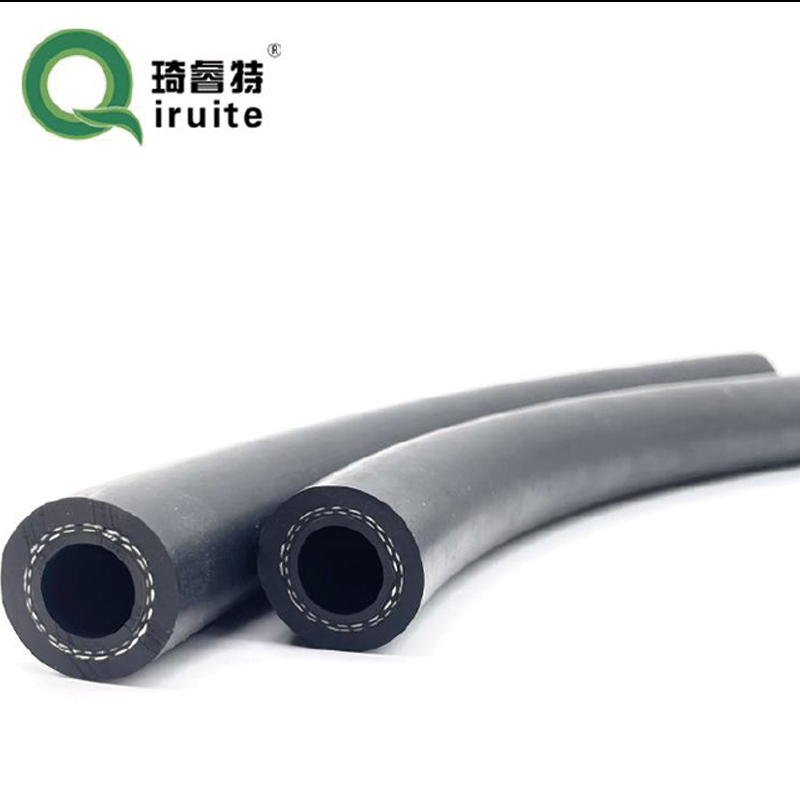jeep liberty power steering hose replacement
Replacing the Power Steering Hose on a Jeep Liberty
The Jeep Liberty is a rugged and reliable SUV known for its off-road capabilities and comfortable ride. However, like any vehicle, it can develop issues over time, particularly in the steering system. One common concern among Jeep Liberty owners is the need to replace the power steering hose. This article will guide you through the process of replacing the power steering hose, ensuring your steering system remains in optimal condition.
Understanding the Power Steering System
The power steering system in your Jeep Liberty enhances steering ease by using hydraulic pressure. The power steering hose is essential to this system, as it transports hydraulic fluid from the power steering pump to the steering gear. Over time, wear and tear can cause the hose to develop leaks, leading to reduced steering efficiency. It’s crucial to address any signs of fluid leakage promptly to maintain vehicle safety and performance.
Tools and Materials Needed
Before you begin the replacement process, gather the necessary tools and materials - New power steering hose (specific to your Jeep Liberty model) - Socket set - Wrench set - Screwdriver - Hose clamps (if needed) - Power steering fluid - Clean rags - Drain pan
Steps for Replacing the Power Steering Hose
1. Safety First Begin by parking your Jeep Liberty on a flat surface and engaging the parking brake. Ensure the engine is off and cool before proceeding.
2. Locate the Power Steering Hose Open the hood and locate the power steering pump and hose. The power steering pump will typically be near the front of the engine, and the hose will run from the pump to the steering gear.
jeep liberty power steering hose replacement

3. Drain the Fluid Place a drain pan under the power steering pump to catch any fluid that may leak out. Loosen the hose clamp at the pump end and remove the old hose. Be prepared for some fluid spillage – this is normal.
4. Remove the Old Hose Follow the hose along its path to the steering gear. Depending on your Jeep Liberty model, you may need to remove additional clamps or brackets. Use the appropriate socket or wrench to disconnect it fully.
5. Install the New Hose Take the new power steering hose and position it in place. Carefully route it just like the old hose to avoid any interference with other engine components. Secure it to the steering gear and the power steering pump. Ensure the fittings are tight but be careful not to overtighten them, as this can cause damage.
6. Refill Power Steering Fluid After securing the new hose, refill the power steering reservoir with new power steering fluid. Check your owner’s manual for the correct type and amount of fluid.
7. Check for Leaks Start the engine and let it run for a few minutes. Turn the steering wheel from side to side to help circulate the fluid and remove any air bubbles. Check around the hose connections for leaks. If you see any, tighten the fittings and try again.
8. Final Touches Once you are confident there are no leaks and the fluid level is correct, shut off the engine. Clean up any spilled fluid and dispose of it properly.
Conclusion
Replacing the power steering hose on a Jeep Liberty is a manageable task that can save you time and money. By following these steps, you can maintain the performance of your steering system, ensuring a safe and smooth driving experience. Regular inspections of your power steering components can help you catch potential issues early, keeping your Jeep Liberty road-ready for years to come. Always consult your owner’s manual for specific details related to your model and if in doubt, don’t hesitate to seek professional assistance.
-
Ultimate Spiral Protection for Hoses & CablesNewsJun.26,2025
-
The Ultimate Quick-Connect Solutions for Every NeedNewsJun.26,2025
-
SAE J1401 Brake Hose: Reliable Choice for Safe BrakingNewsJun.26,2025
-
Reliable J2064 A/C Hoses for Real-World Cooling NeedsNewsJun.26,2025
-
Heavy-Duty Sewer Jetting Hoses Built to LastNewsJun.26,2025
-
Fix Power Steering Tube Leaks Fast – Durable & Affordable SolutionNewsJun.26,2025

